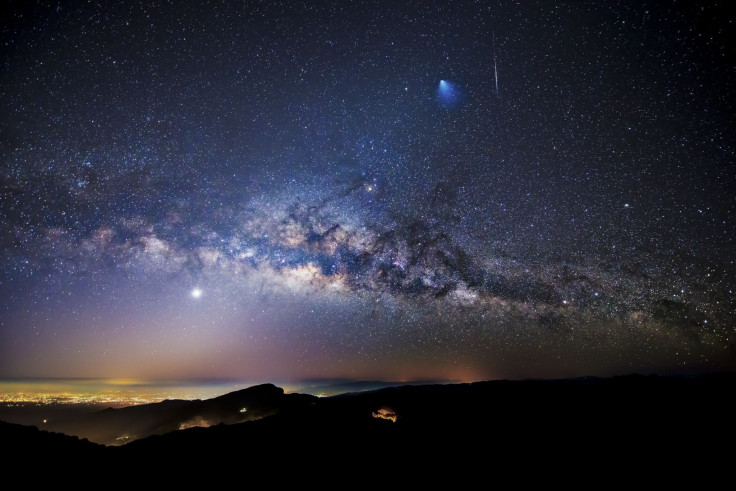Eclipse, Meteor Showers: Sky Events To Look Forward To In November
KEY POINTS
- The Taurid meteor shower's two streams will peak in November
- The 'Blood Moon' will grace the skies on Nov. 8
- The Leonid meteor shower too will peak during this month
Skywatchers may be in for a treat this month. Apart from hosting an eclipse, this November may just witness a rather special Taurid meteor shower.
The month is rife with exciting events to keep an eye out for. For one, the sky is rather active, as meteor rates in the Northern Hemisphere are expected to remain strong, according to the American Meteor Society (AMS).
"The addition of strong sporadic rates makes November one of the better months to view meteor activity from north of the equator," noted the AMS.
Notably, the Taurid meteor shower, sometimes called the "Halloween fireballs" because they are active in October, comes in two streams: the Southern and the Northern Taurids. Both of them are currently active, and both are known to be rich in fireballs.
The Southern Taurids, however, will reach peak activity first on the evening of Nov, 4 to 5. The Northern Taurids will reach the peak a few days later on the evening of Nov. 11 to 12.
This year, the Taurids may even be rather special. It appears to have a seven year-periodicity in an increase in fireball activity, noted the AMS. The last couple of times it produced such "remarkable" fireball activity were in 2008 and 2015. This means that the 2022 Taurids may be the next great opportunity to catch a glimpse of it.
The Taurids are visible from nearly everywhere on Earth, except for the South Pole, noted Space.com. They appear to radiate from the constellation Taurus, but there's really no need to keep the eyes only on Taurus, as they will be visible across the sky.
Between these meteor showers, however, skywatchers may want to shift their focus to the full moon. On Nov. 8, the Full Beaver Moon will grace the skies, and it will even be accompanied by a total lunar eclipse. This will be visible from most of North America, noted The Old Farmer's Almanac.
For the event, the moon will have an eerie reddish hue, giving it the nickname "Blood Moon."
According to NASA, the moon will enter the partial shadow of the Earth at 3:02 a.m. EST, though at this time the effect of the eclipse will still be difficult to detect. The moon will be "fully shadowed" by 5:17 a.m. and reach its "deepest point" at 5: 59 a.m.
Later in the month, on the evening of Nov. 17 to 18, it will be the turn of the Leonid meteor shower to grace the skies. The Leonids are known for "bright meteors with a high percentage of persistent trains," according to the AMS.
While it's not expected to cause a meteor storm, as it did in past years, including in 1999 and 2002, the peak of the Leonids will be happening on an evening when the moon won't be as bright, at just 36% full. As such, the moon's light won't be much of a distraction. So skywatchers may still have excellent views of this sky event.

© Copyright IBTimes 2024. All rights reserved.






















